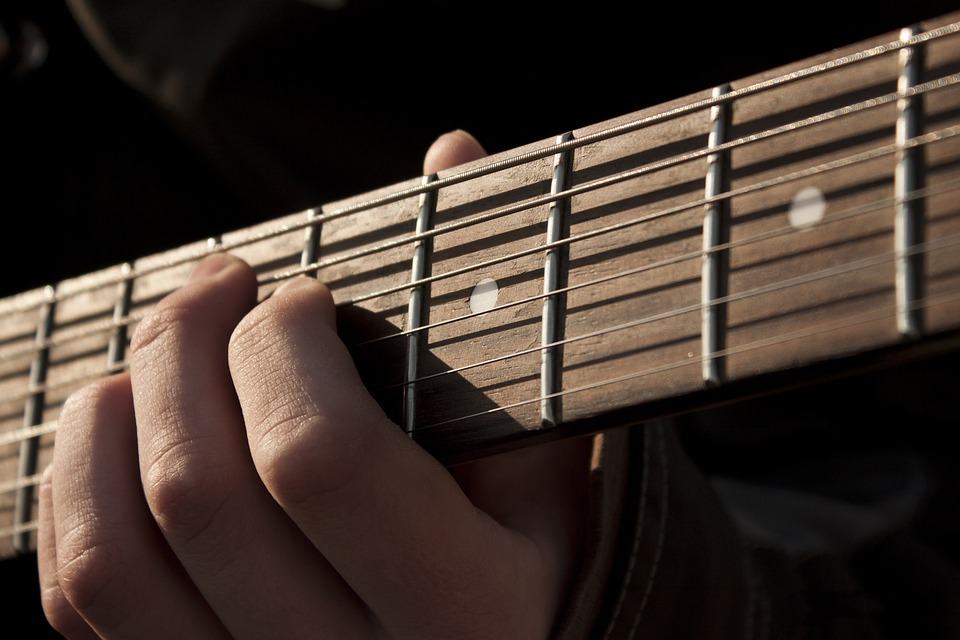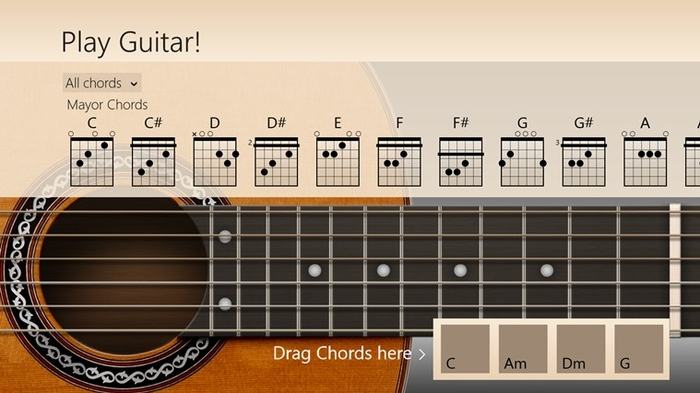Learn barre chords.
Barre chords, or movable chords, are extremely useful for starting to play songs. In a barre chord (sometimes shortened to “bar chord”), the index finger of your fretting hand “bars” all the notes at a single fret. To play an F, which is the barre chord in first position, you bar all the notes on the first fret with your index finger and play what is essentially the shape of the E chord moved one step up the neck, with your middle, index, and pinkie.
- That same claw-like finger positioning on the second fret is a B chord. On the third fret, a G chord. It’s a difficult and sometimes painful finger positioning, to learn, but you can start playing the chords to any punk song relatively quickly when you learn to strum and play barre chords. The Ramones used nothing but barre chords to great effect.



Ask a question
Ask us anything you want